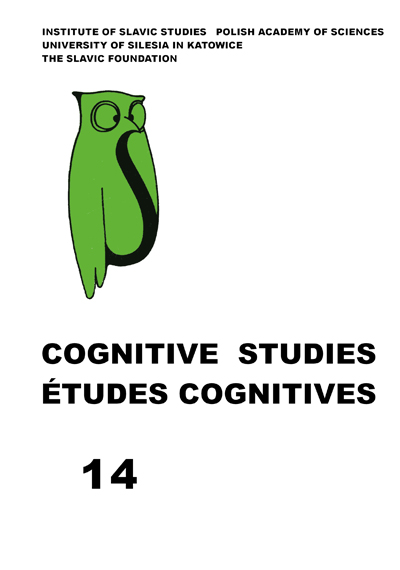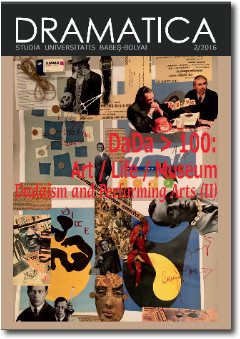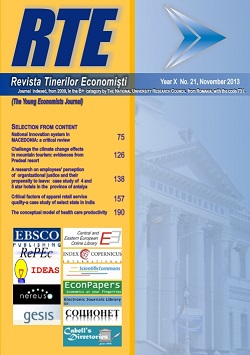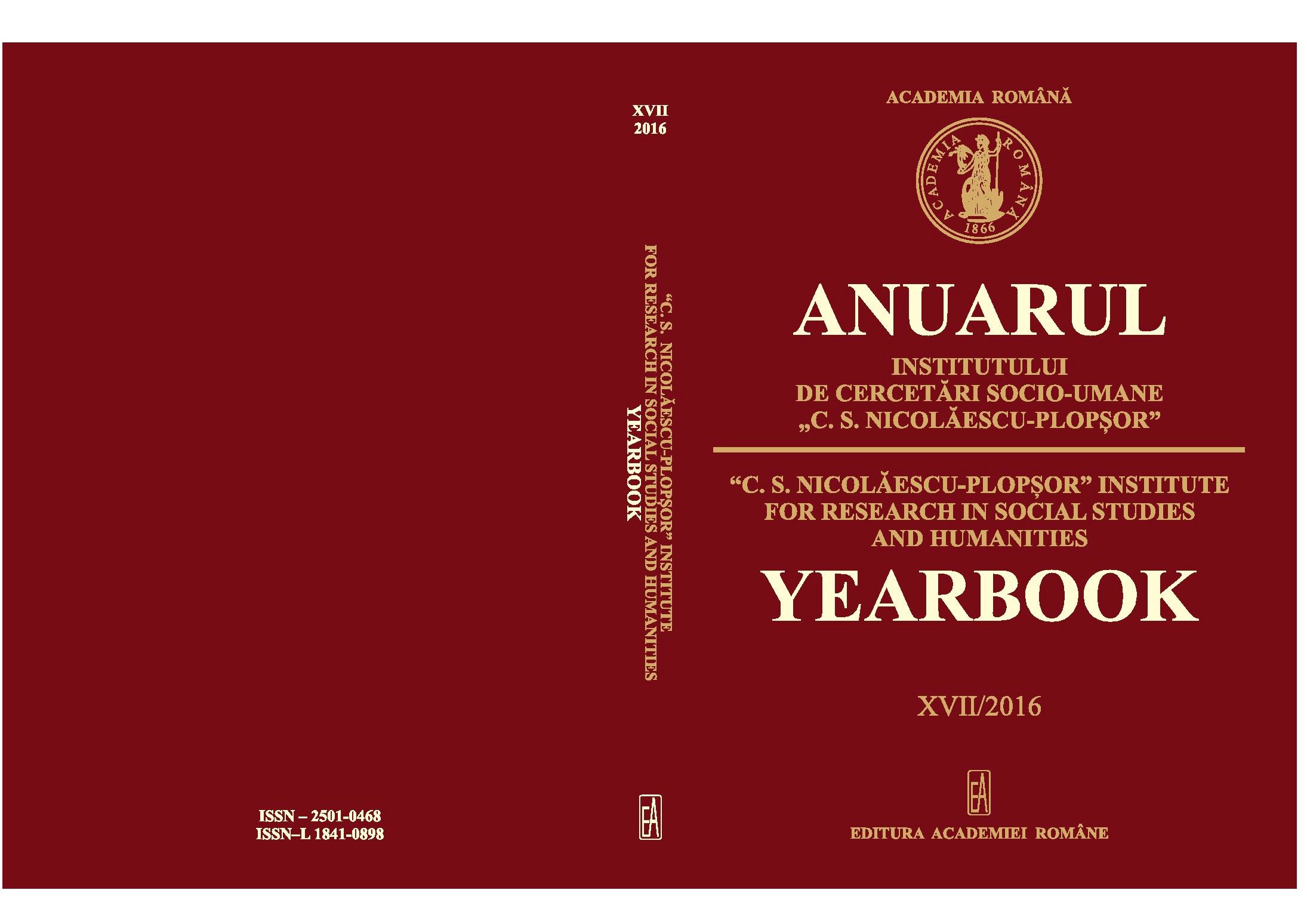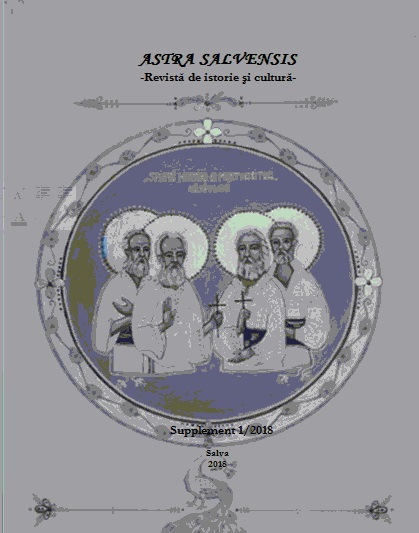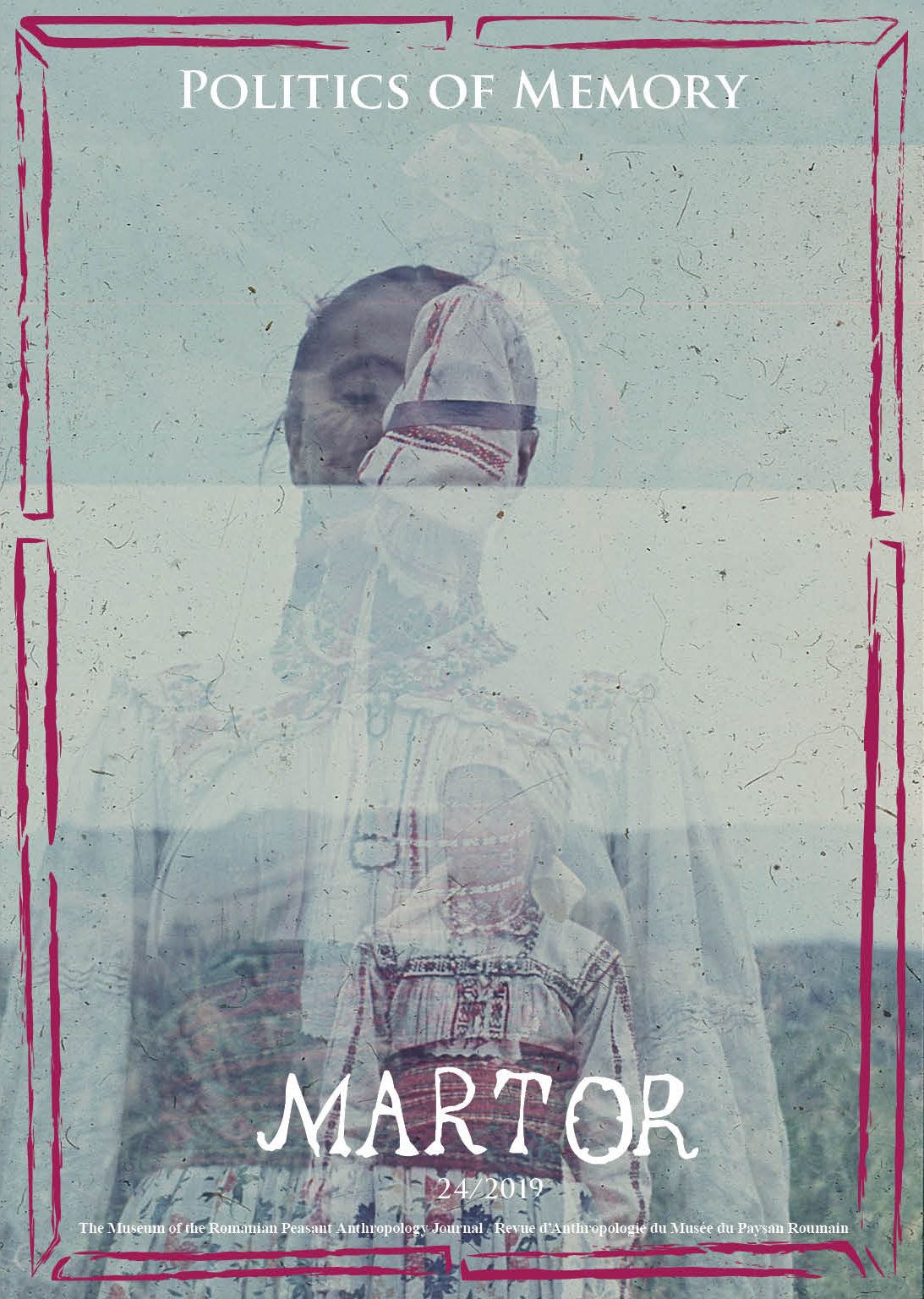
PLUSES AND MINUSES OF BEING IN A GLOBAL VALUE CHAIN – THE CASE OF ROMANIAN APPAREL SMEs
PLUSES AND MINUSES OF BEING IN A GLOBAL VALUE CHAIN – THE CASE OF ROMANIAN APPAREL SMEs
Keywords: SMEs; GVC; competitiveness; apparel industry.
In order to survive in the face of continuing global competition, in the long run, developing countries SMEs will have to be inserted into global value chains (GVCs). For the Romanian apparel SMEs, the insertion in a GVC is having farreaching effects on competitiveness, cross-national transfer of new technology, innovation, skills, knowledge and learning, and potentially offers greater opportunities for reaching welfare gains. But it also brings the challenge of being locked into a race to the bottom, “the low road” of competitiveness, based on cutting wages, disregarding labour and environment regulations and avoiding taxation. In this paper we examine the pluses and the minuses of being in the GVC for the Romanian apparel SMEs in order to point up several strategies needed for the “high road” of competitiveness, based on the use of new technologies, efficiency in production and trade, diversified products of better quality. Thus SMEs from the Romanian apparel industry will be able to support higher wages and enhance the national income.
More...
